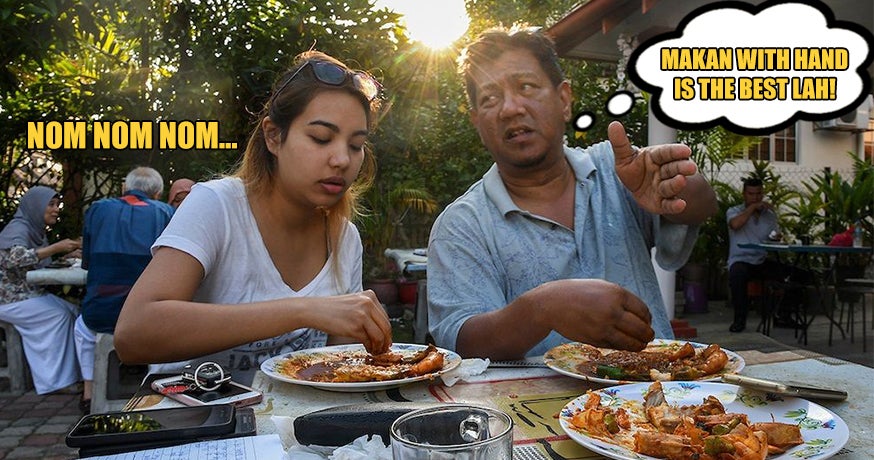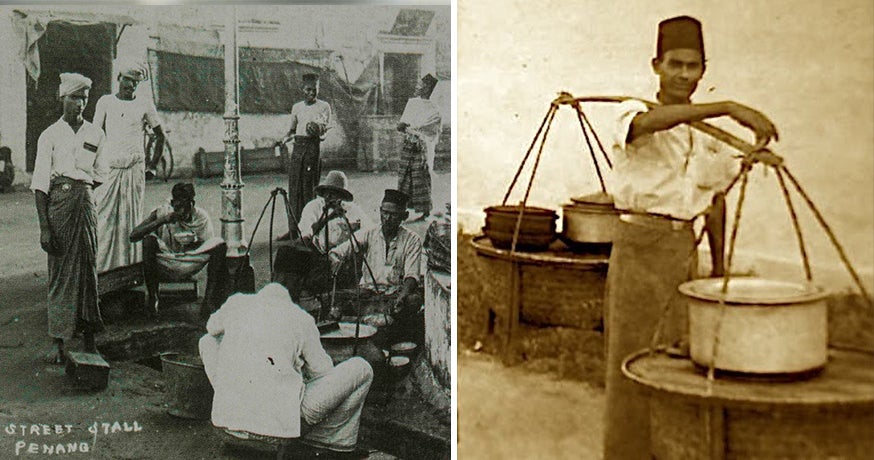Nasi kandar is a well-loved Malaysian dish that everyone craves ever so often. It’s especially great for those late night mamak sessions or even after a night out drinking. With piping-hot steamed rice and an array of meats, fish, veggies and your favourite choice of kuah, it’s basically the perfect hearty meal! Aneh, kuah tambah banjir please!
However, did you know that this famous Malaysian delicacy has humble origins that includes being a breakfast meal? Yes, you heard that right. Nasi kandar started out in the 19th century as a wholesome breakfast meal for immigrant labourers and coolies. And it all began in Penang!
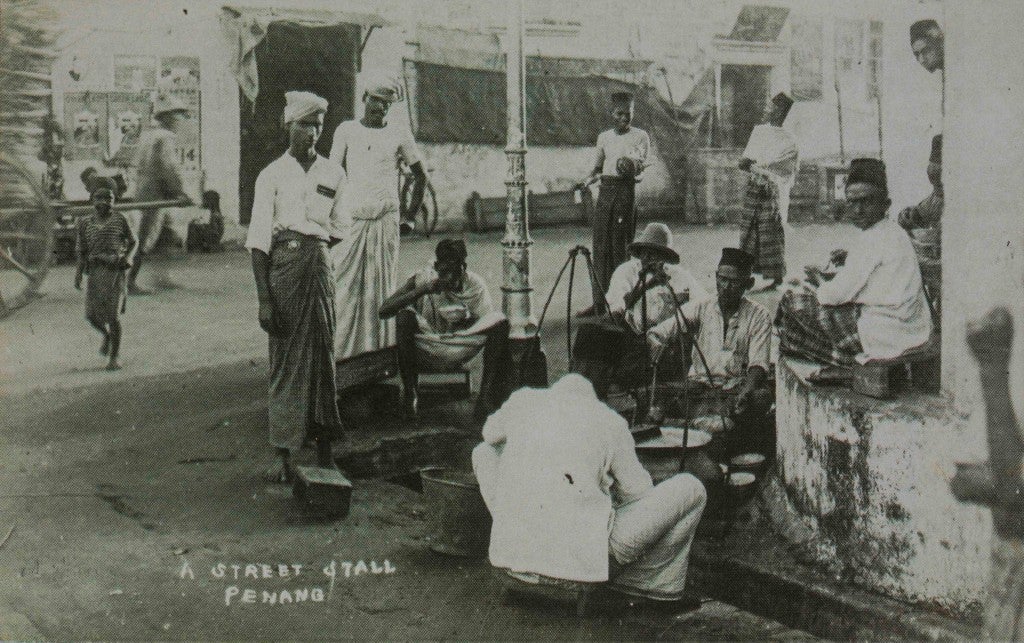
Source: Zilzar Life
Back in the 19th century, Weld Quay Port in Penang was already established as an international port. As a result, many immigrants worked at the port as labourers or coolies. Due to the long and tiring hours, workers needed meals that were cost effective, quick and easy. Seizing the opportunity to earn some money, a few men from the Indian Muslim immigrant community would make their way to the port shouldering a long pole with a big pot on each end – one with steamed rice and the other containing a curry dish with chicken or fish with brinjal and ladies’ fingers. And all of that used to cost only 5 sen per plate! Workers would then flock to these ‘stalls’ for a hearty breakfast before carrying out their daily duties.
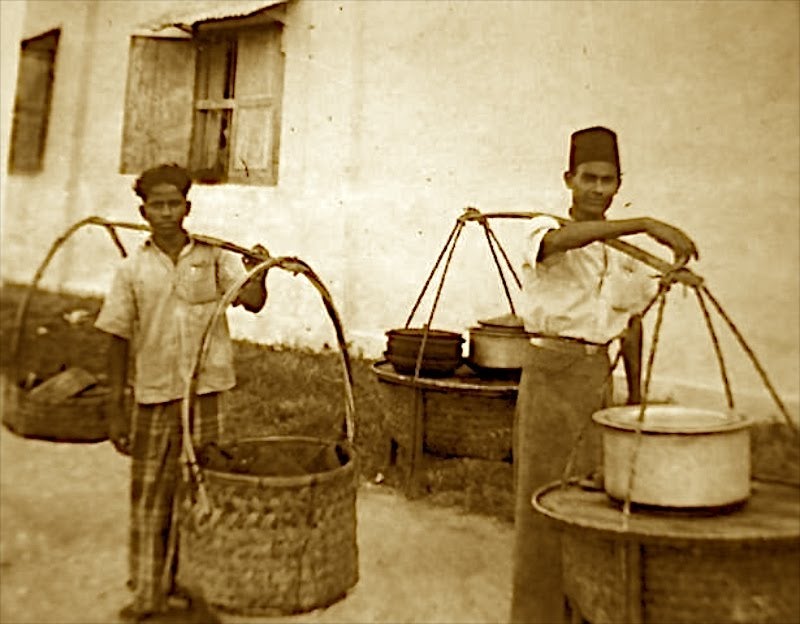
Source: Penang Nasi Kandar
The name ‘nasi kandar’ literally means ‘rice that is carried on the shoulder’. It is coined from the word nasi (rice in Malay) and kandar – an Urdu word which means ‘shoulder’, referring to the act of carrying the pole as well as the pole itself. Rice vendors would simply walk around on foot selling their ‘wares’ to whoever wanted a quick, easy and filling meal.
It wasn’t until the 1970s that the humble nasi kandar evolved into the restaurant businesses that we all know today. With over hundreds of nasi kandar outlets all over Malaysia, we are at no shortage of having our fill of rice, chicken and kuah banjir at any time. And to think, it was considered to be a poor man’s meal! Now, it’s about RM10 minimum per plate for the same thing – you call that poor ah?! @_@
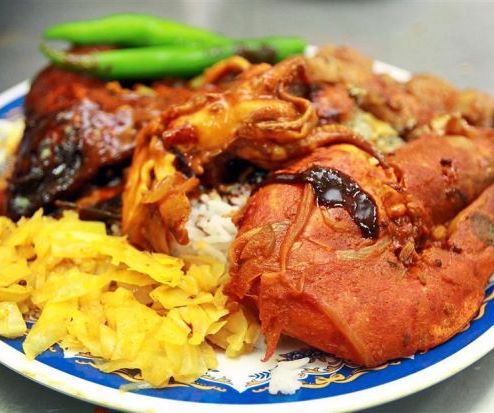
Source: The Star
Regardless of the time of day, you cannot deny that nasi kandar can be enjoyed for breakfast, lunch AND dinner (but mostly supper of course). So, the next time someone judges you for eating nasi kandar in the morning, just tell them it used to be a breakfast meal and rub your history knowledge in their faces. Or you could just show them this article and tuck into your plate of nasi kandar too!
Also read: 7 Very Malaysian Ways We Enjoy Our Food
